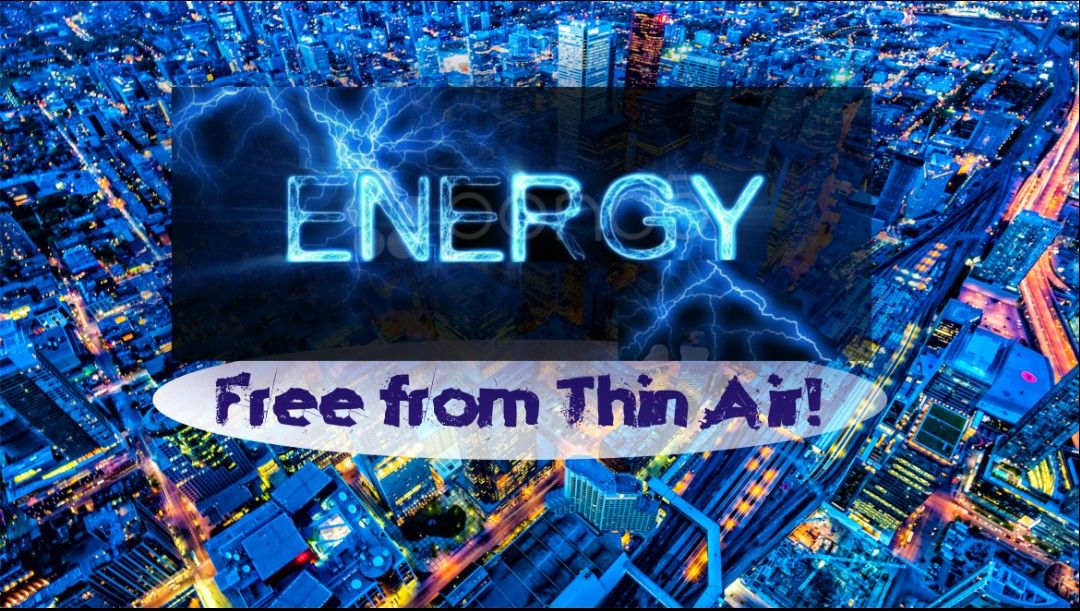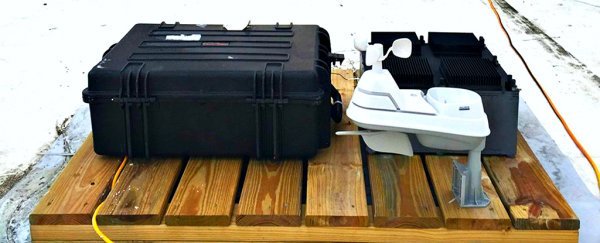I have always desire to be involved in the creation or utilization of alternative energy to foster our Environment Power System Shortage. One major problem of our beloved country is we are too dependent on a single thing, we fail try to expand and diversify in the field of knowledge. The two main power plants in Nigeria are Hydro-electric and thermal or fossil power plants. We need to think, search and adopt other renewable energy available around the world.
While I was in deep thought on my bed this morning, thinking about creating an electrical supply with the use of natural element, I looked at the electricity supply through converting DC to AC with the help of solar panels and inverter, I remembered sound wave can be converted to get electricity signal, we also have wind and water turbines. Then I thought about air, nothing has been done. I decided to do a research, to my surprise, some efforts has been made towards pulling electricity from the motion of air but not much work on pulling electricity charges directly from air itself.
 (source: PJ Unlimited Design)
(source: PJ Unlimited Design)
Temperature changes, large and small, occur all the time around us and scientists have developed a machine that converts water droplets adrift in the atmosphere into electricity, which could power sensors and communication devices by using small particles of aluminum phosphate and slica (two particles commonly found in the atmosphere) to pick up a slight charges.
This is something that can be placed on a desk and generate power of what looks like nothing. Some researcher called it a freevolts which can be harvested from Radio Frequency (RF) bouncing in the air which cause temperature fluctuations which is an untapped energy source.

(source: MIT Engineer's thermal resonator)
The generation of energy from temperature changes has been experimented through various techniques, such as pyroelectricity, but this new method is more effective than the previous ones and the first to adapt to the temperature variation at a specific time.
The idea came from the study of Famed Inventor, Nikola Telsa. They noticed sparks of electricity formed as steam escaped from boilers. A slight electrical shock was noticed in attempt to touch the steam. The theory was later proved right by Galembeck and his colleague’s laboratory experiments that stimulated water’s contact with dust particles in the air. They use Silica and aluminum phosphate. The result show silica becoming more negatively charge in the presence of high humidity and aluminum phosphate was positively charge. This clearly specifies that water in the atmosphere can accumulate electricity charges.

(source: Famed Inventor, Nikola Telsa)
MIT engineers made real progress in combination of materials used for their thermal resonator: metal foam, graphene and a special wax called octadecane, which changes between a solid and a liquid when the temperature increases (a phase-change technical material).
This gives the new device a high level of thermal effusivity: a combination of thermal conduction (propagation of the speed of heat through a material) and thermal capacity (the amount of heat can be stored in a material). When it is tested with a difference of 10 degrees Celsius (18 degrees Fahrenheit) temperature between day and night, a small sample of material produces a potential of 350 millivolts and 1.3 milliwatts of power, which is sufficient to hold sensors or systems: operation no batteries or power supply are needed.
In addition, the thermal resonator can operate in all weather conditions and even in the shade, provided that the ambient temperature changes. It could also work with installed solar panels to collect excess heat, according to its producers.
Eventually we could even see planetary rovers powered by this kind of technology, using the cycles between day and night to keep their batteries charged. The method doesn't produce so much power that we can do away with existing batteries and power grids, but it does have the potential to help in a lot of different scenarios.
Then, MIT team tried other types of temperature variations, In the end, it was discovered that the planetary rover driven by this technology, using cycles between day and night to keep the batteries charged. The method does not produce as much energy as to make judgment on stopping usage of existing batteries and power grids, but it has the potential to help in many different scenarios.
The question now is;
Can this energy be detected?
Can this energy be replicated and developed?
Can we use this energy commercially?
My answer is a Big Yes, the energy source is free and available to all for testing, open for further research and development. Even if the present output from researches show that it can only serve small appliances and usage, it can be scaled up through adopting the concept of Crystal Energy Receiver that takes advantages of wide range of energetic frequencies. This renewable energy is very simple to imitate and embrace.
https://steemit.com/video/@starhassan11/how-to-open-lock-aap-any-mobile-password-amazing-tricks-of-2018
Downvoting a post can decrease pending rewards and make it less visible. Common reasons:
Submit